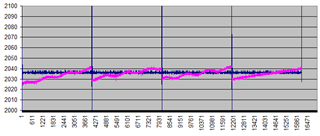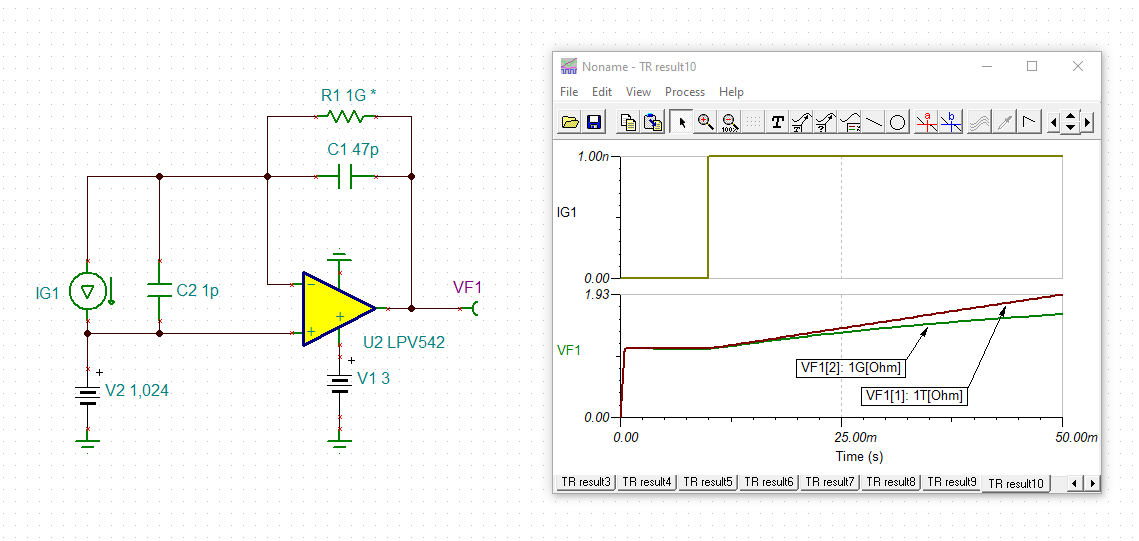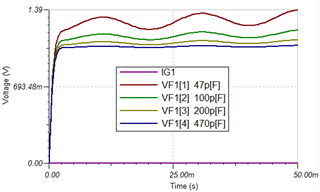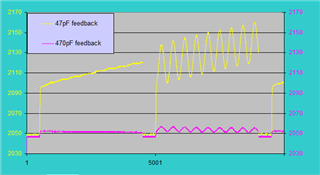Other Parts Discussed in Thread: OPA336, , TINA-TI
I'm using this op-amp to integrate a very small photocurrent. The signal ramps up for about 40ms. C3 holds the integrated signal until U3 (analog switch) resets the integral, and then the process repeats.
Not shown: The output directly drives an ADC with a S/H cap of 10pF.
I've successfully used this method with the OPA336. The new circuit uses the LPV542, which oscillated wildly. I inserted R3 into the circuit to reduce these oscillations. The placement of R3 as an isolation resistor isn't exactly as shown in the LPV542 datasheet figure 38. While the figure shows R(iso) after the feedback, I put R3 inside the feedback so the output is isolated from the feedback capacitance. (It was trial and error, and this seemed to work.)
However....
When the photocurrent is null, or close to zero, the circuit oscillates at 50Hz. It's only a ripple (amplitude between 10-30mV) but annoyingly reproducible. When there's even a slight photocurrent, it works as expected. This isn't an antenna issue, as all the signal traces are tiny tiny tiny -- about the size of the component itself.
Did I do something wrong with R3? And what more can I do to beat down the 50Hz oscillations?
Thanks so much for your expertise.
--zim

















